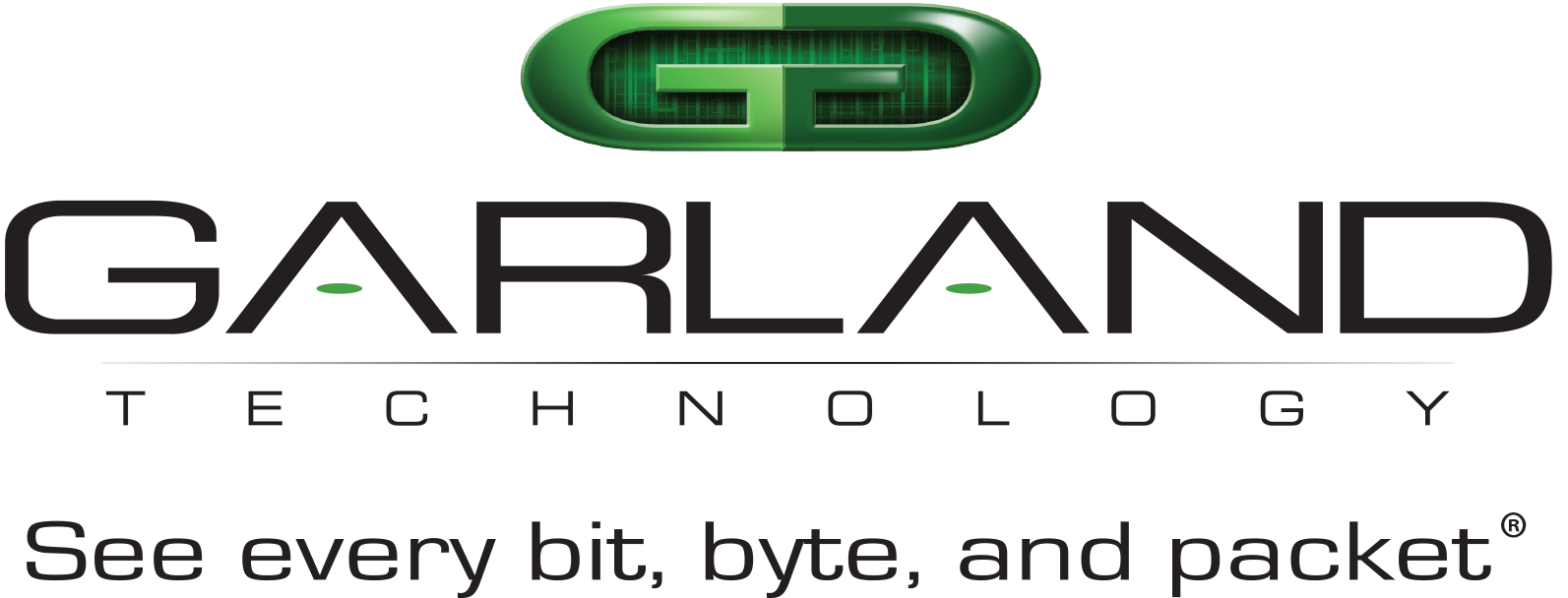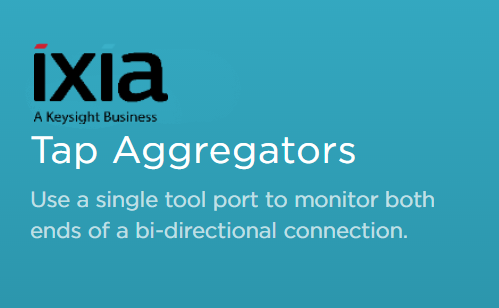
Aggregate Multiple Links to one Logic Port
Link aggregation is a way of bundling a bunch of individual (Ethernet) links together so they act like a single logical link. If you have a switch with a whole lot of Gigabit Ethernet ports, you can connect all of them to another device that also has multiple ports and balance the traffic between these links to improve performance.
Link aggregation uses software to combine two or more physical interfaces at layer 2 or layer 3 of the OSI model. The goal is to have these multiple physical links act as a single logical interface. The most important feature of link aggregation is its ability to enhance or increase network capacity while maintaining a fast transmission speed and eliminating the need to use additional hardware devices, thus reducing cost. Link aggregation brings traffic from separate sources or locations together and forwards the traffic to a single monitoring tool as one stream. Link aggregation can be enhanced further by using traffic replication, which allows the same traffic stream—aggregated traffic in this case—to be sent to more than one monitoring tool.
This can be used to improve visibility of both sides of a link over a single interface. Aggregation is used to accomplish two key tasks. The first is to increase overall bandwidth between two switches or servers where the logical aggregate interface is configured. This can eliminate bottlenecks by allowing data to be transmitted and received over multiple interfaces. The second key reason to use link aggregation is to eliminate any single points of failure between switches. You can lose one or more physical interfaces on a logical aggregate interface, but as long as one physical connection is up and operational, you maintain connectivity. Link aggregation provides fast and transparent recovery in case one of the individual links fails.
Link aggregation can also support network load balancing. Different load balancing algorithms can be set up. Furthermore, network speed is increased in small increments, which leads to savings in both resources and cost. Link aggregation can also affect how efficiently connected tools operate. When monitoring tools require great network visibility to perform efficiently, consolidating traffic from many locations and sources is essential to those tools. When link aggregation is combined with traffic replication, copies of the same combined traffic can be forwarded to various analysis tools.








